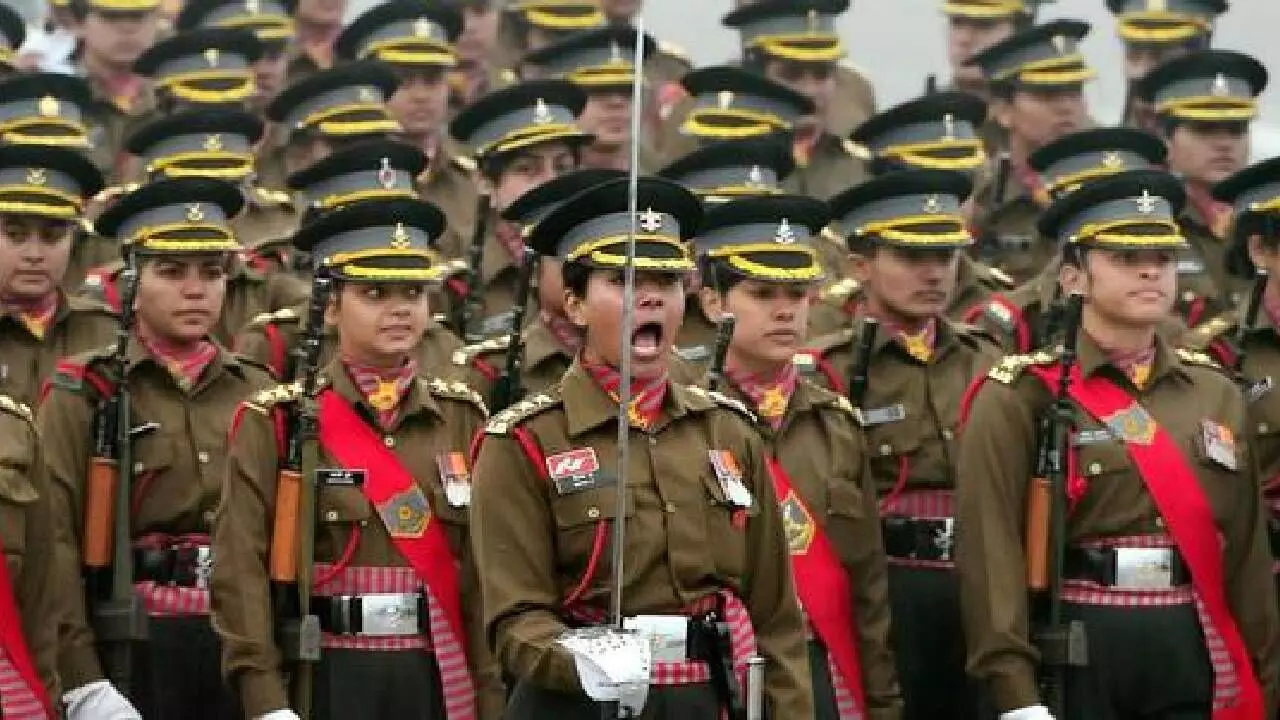With proven dexterity, Indian women coming of age in armed forces
image for illustrative purpose

Participation of women in Indian armed forces took shape with the formation of the ‘Indian Military Nursing Service’ in 1888. A further boost was ‘Women’s Auxiliary Corps’, which was founded by the British run-Indian army to recruit female volunteers during World War II in 1942. Women were to serve in non-combat roles like communications, accounts and administration. However, they did not have the privilege of showing their prowess in a combat role, unlike their European and American counterparts. Azad Hind Fauj, founded by Netaji Subhash Chandra Bose, had a women’s regiment, Rani of Jhansi Regiment, which saw active combat when it fought in Burma. Post-Independence, the Army Act 1950 made women ineligible for regular commissions with certain exceptions specified by the central government. In 1958, the Army Medical Corps became the first Indian Army unit to award regular commissions to women. Induction of women officers into the army through the ‘Women Special Entry Scheme (WSES)’ began in 1992. They were commissioned for a five-year period in certain wings like Army Education Corps and the Corps of Engineers. The infantry and armoured corps were not open to them. In 2019, the government granted permanent commission to women officers in eight army streams, in addition to the JAG and AEC, which were granted in 2008. A permanent commission in the Indian army means a career until the age of retirement, whereas Short Service Commission (SSC) jobs are for a few years. In 2021, Indian army started to induct women in short service commission as fighter pilots. The Indian Air Force (IAF) and Navy now allow women in all roles, including combat. In 2016, women officers were inducted into the fighter stream of the IAF, which in 2018 gave permanent commission to women. Group Captain Shaliza Dhami achieved the distinction of becoming India’s first woman flight commander. Over 7,000 women are presently serving in the army, followed by 1,636 in IAF and 748 in the Navy. Meanwhile, consequent to grant of permanent commission to Women Officers (WOs), a gender-neutral career progression policy covering employment and promotional aspects was promulgated for army in November 2021. The IAF empowers women in key appointments, including commanding officers of combat units of various field units. In the navy, officers are given opportunities for spouse co-location, re-settlement posting and compassionate grounds posting in a gender-neutral manner.
Women bring diverse perspectives and problem-solving approaches to the table, fostering creativity and innovation leading to better decision-making and improved mission outcomes. Modern warfare relies heavily on technology, communication, and intelligence gathering. Women often excel in these areas, contributing significantly to the operational capabilities of the armed forces. Women officially became eligible for combat positions in the American military in 2013. In 2018, the UK military lifted a ban on women serving in close combat ground roles, clearing the way for them to serve in elite special forces. Israel has gradually opened up 90 per cent of its roles to women, although they remain excluded from frontline combat roles in the main infantry units and some of the most elite commando units that traditionally operate across enemy lines in wartime.

